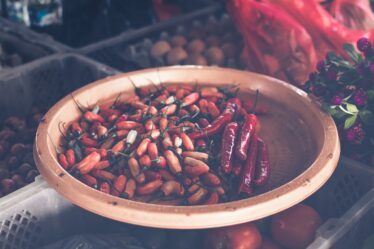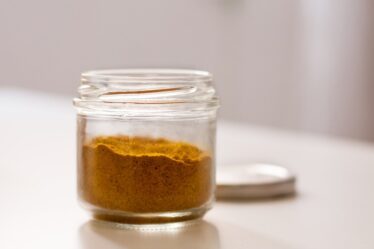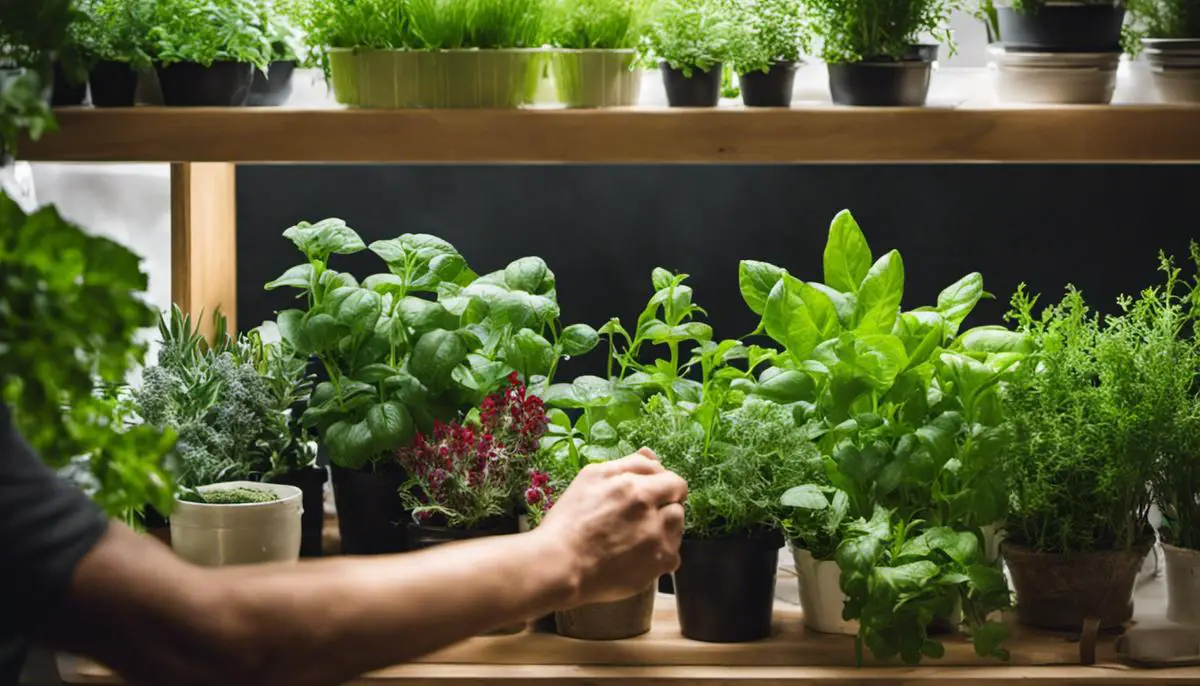
In the pleasant realm of indoor gardening, the cultivation of herbs presents a delightful blend of utility and beauty. Bestowing an exquisite aroma to your living space and a fresh, vibrant touch to your meals, herbs are truly a treasure for any indoor gardener. Opportunity lies in the careful selection of suitable herbs that thrive indoors such as basil, chives, parsley, thyme, and oregano, considering specific factors such as light, temperature, and humidity requirements. At the heart of successful indoor herb gardening, is understanding the crucial elements of indoor growing conditions. This involves comprehending optimum light requirements, temperature ranges, proper watering techniques, and accurate soil composition guidelines.
Selecting Suitable Herbs
Cultivating Delight: The Best Herbs to Grow Indoors
There’s a beautiful magic at play in the world of indoor herb gardening. This doesn’t just have to do with the vibrant green colors or the unmatched freshness of handpicked herbs; it’s also about the joy of nurturing something from a seed and watching it blossom right before your eyes. And, let’s not forget the phenomenal aroma that fills the house up. On that note, here’s a rundown of the best herbs to grow indoors.
- Basil
- Chives
- Parsley
- Oregano
- Mint
- Rosemary
- Thyme
An all-time favorite among indoor herb growers, basil thrives in well-drained soil and lovingly embraces sunlight. Make sure it gets at least 6 hours of sun each day. Its splendid aroma and distinct flavor make basil an essential addition to literally any dish!
Easy to grow and extremely versatile, chives are a top contender. Situate them in a sunny window and don’t let their soil completely dry out. These onion-like herbs add a boost to salads, soups, and omelets.
Lush and leafy, parsley is more patient and can tolerate partial shade. Parsley enjoys moist soil, but it’s not a fan of overwatering. Its bright, slightly bitter taste is a terrific complement to almost any savory dish.
Oregano adds that coveted, robust flavor to Italian and Mexican dishes. It thrives in well-draining soil and loves a southern-facing window that gets plenty of suns. Watch out—once you’ve tasted fresh oregano—it’s hard to go back!
The cool, fresh flavor of mint brings a zing to desserts, drinks, and more. Mint relishes indirect light and likes its soil a little more on the moist side. A tip: Keep mint in its own container as it tends to grow ambitiously.
Wander into the terrain of rosemary to add a woodsy, aromatic touch to your palette. With a zeal for well-drained soil and sunlight, rosemary needs a little patience, but yields aromatic rewards!
This evergreen herb offers tiny aromatic leaves and loves basking in light. Thyme is excellent in hearty dishes like stews and on roasted vegetables and meats.
With the right care and a little patience, any one of these herbs can turn an indoor gardening hobby into a full-on culinary delight! The joy of going from seed to plate is an incredibly fulfilling journey. Cultivate, nurture, and enjoy the culinary magic that springs right from your indoor garden, because there’s nothing quite like the taste of fresh herbs picked right from your own home. Happy gardening!

Understanding Indoor Growing Conditions
Successfully Cultivating a Verdant Indoor Herb Garden
Indoor herb gardens are rife with endless possibilities. There’s nothing quite like plucking a sprig of fresh rosemary or a handful of vibrant mint leaves right from your kitchen! Those who yearn for year-round access to homegrown herbs understand that it’s more than a hobby. It’s a lifestyle intertwined with your culinary adventures and the sustainable choices you make every day. With the right knowledge, growing herbs indoors is a cinch. Let’s delve into the conditions required for flourishing herbs.
Correct Light Exposure: Sunlight is key to photosynthesis, the process where plants convert light to food. Most herbs appreciate the bright, indirect light, typically near an east or south-facing window. In the absence of adequate sunlight, supplement with fluorescent or grow lights maintaining them about 6-10 inches above herbs.
Optimal Temperature: Herbs generally bask in moderate temperatures, between 65-70°F during the day, and slightly lower at night. Excessive heat or cold might stress them, leading to weak growth or even demise.
Perfect Humidity: Look out for dry indoor air. Evaporation occurs faster indoors, making consistent watering vital. However, overwatering might lead to root rot. A rule of thumb is to water when the top soil becomes dry to touch. Consider misting your herbs a few times a week to enhance humidity.
Air Circulation: Fresh air, away from drafts, is paramount for hardy, mold-free herbs. An oscillating fan on low, positioned a good distance away, can mimic outdoor breezes and control humidity levels.
Right Soil and Container: Use a quality potting mix, which is light, well-draining, and fertile. Proper selection of containers is equally crucial. Pick pots that are deep enough for roots and have sufficient drainage holes to prevent waterlogging.
Different herbs have individual preferences for growing conditions. For instance, basil and parsley like consistently moist soil, while rosemary and thyme prefer drier conditions. It’s essential to customize according to the specific herb species you’re growing.
Feed them Well: Indoor herbs might need an occasional nutrient boost. Use a water-soluble, balanced houseplant fertilizer, directed as per instructions.
By creating optimal indoor conditions and meeting the specific needs of varius herbs, you can enjoy fresh, aromatic, and delightful herbs right from your indoor garden all year round. This will not solely elevate your culinary endeavors, but also lend a fresh, green touch to your indoor space. So, let’s get those green thumbs working and cultivate an indoor herb garden par excellence!
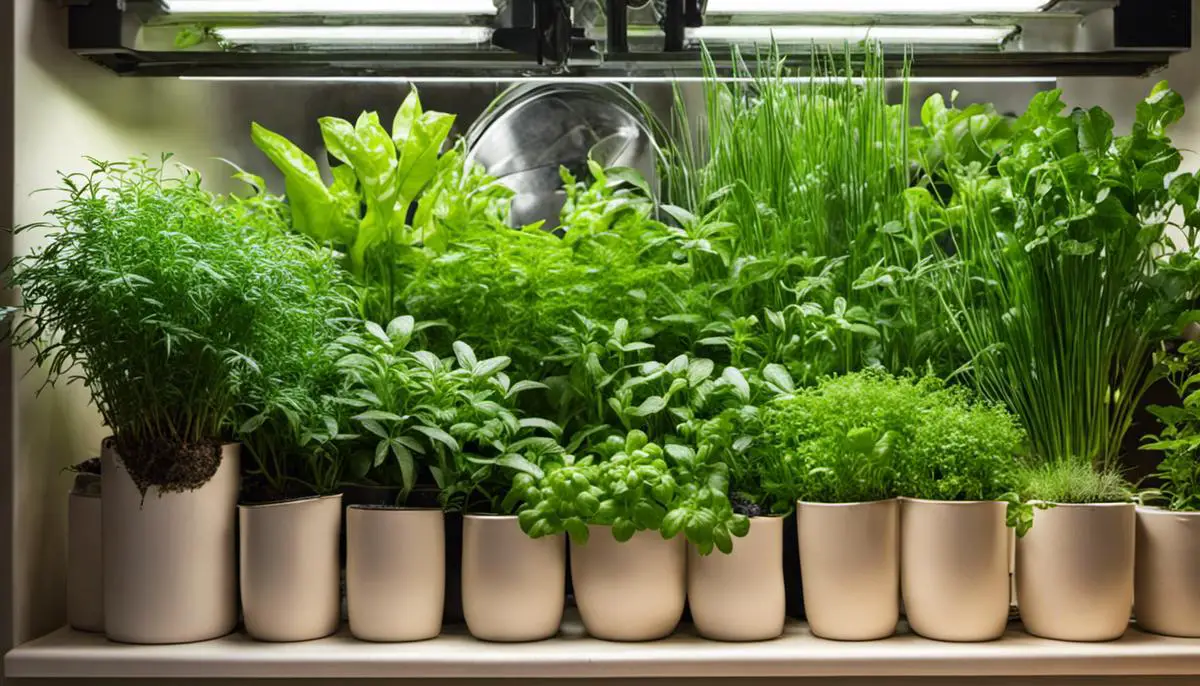
Properly Caring for Indoor Herbs
Radical and Rewarding Ways to Well Tend Your Indoor Herbs
Devotion to the nurturing of indoor herbs is a stimulating and satisfying engagement. The joy of watching your personal little green paradise thrive is indeed incomparable. To create an environment that ensures herbs flourish indoors, several factors demand attention, and understanding these can make a world of difference.
Starting with Watering Your Herbs:
Ensuring the right moisture balance for indoor herbs is crucial. Most herbs prefer evenly moist soil but aren’t fans of soaking their feet. Watering should be moderated such that water outflows from the drainage holes, but the soil does not become saturated. Waiting until the soil is dry to the touch before watering again is a good rule of thumb.
Next on the list is Pruning and Harvesting:
Frequent pruning promotes thicker and busier growth, essentially keeping your indoor herbs healthy. Harvest from the topmost leaves downward, removing up to a third of the entire growth at any time. It’s essential that you don’t cut more than one-third of the plant at a time to make sure they can easily recover.
Let’s now look at Pest Control:
A common hindrance to your herbs’ growth indoors is pests. A mixture of water and mild soap applied to the leaves can rectify minor infestations. Increasing humidity around your plants can also help dissuade pests. In more severe cases, pesticides that are safe for indoor use can be utilized.
Consider Making Space for Growth for your indoor herbs:
Each herb needs to have its little territory to bask in growth, so don’t overcrowd your planter. The more room the roots have to spread out, the sturdier and healthier your herbs will grow.
Lastly, let’s talk about Indoor Herb Propagation:
Why buy new plants when you can duplicate those you already have and love? Most herbs can be propagated from cuttings, and the great thing is that you can do it all year round. This simple process involves cutting a small piece of the herb, placing it in water, and waiting for roots to grow.
In conclusion, the art of tending indoor herbs successfully comes with time, patience, and of course, the thirst for knowledge. The world of herb gardening opens up a world of color, flavor and aroma that not only enhances your living space but your culinary exploits too. Embrace the challenge and experience the thrill that the lush treasure trove of indoor herb gardening presents.
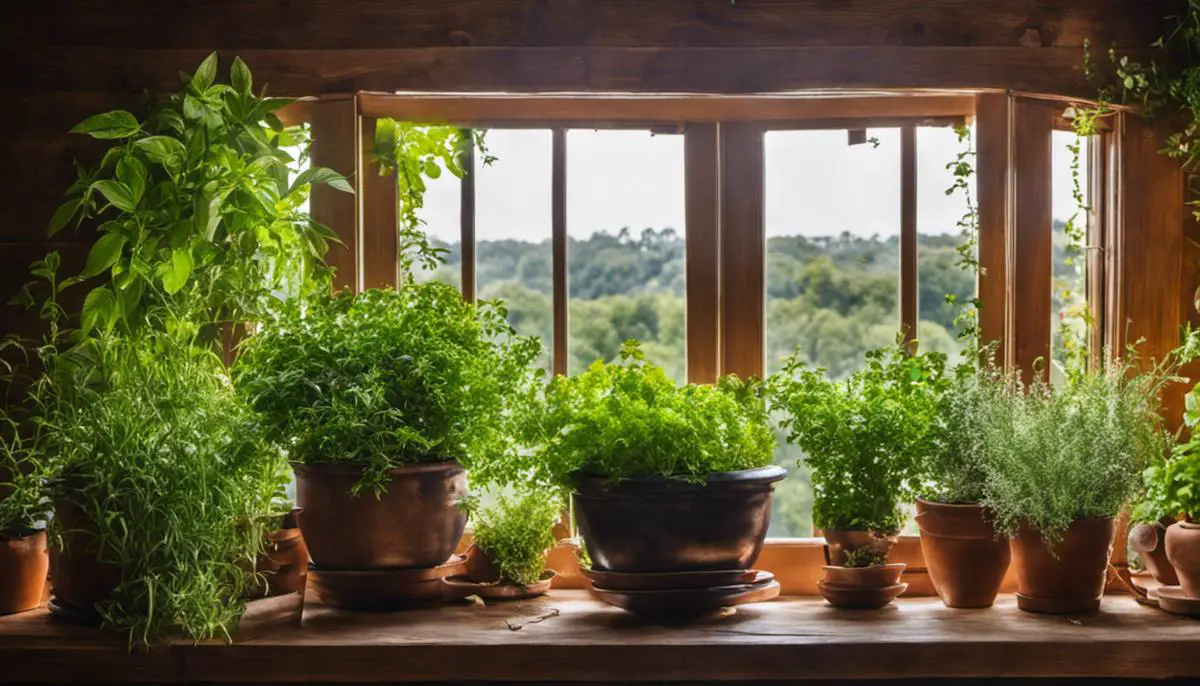
Taking care of indoor plants represents a therapeutic pastime, that connects us to the wonders of nature right at the heart of our homes. Indoor herb gardening is very much a forum of such connection, offering us a chance not only to grow but care for, these natural treasures. This experience of nurturing involves daily acts of care such as ensuring proper watering, timely feeding, regular pruning, and vigilant pest control procedures. With a sustainable grip on these essential gardening requirements, you will witness your indoor garden flourish, offering you an endless supply of fresh herbs to enliven your dishes, boosting not only the dietary value but also the aesthetic appeal of your culinary creations.


